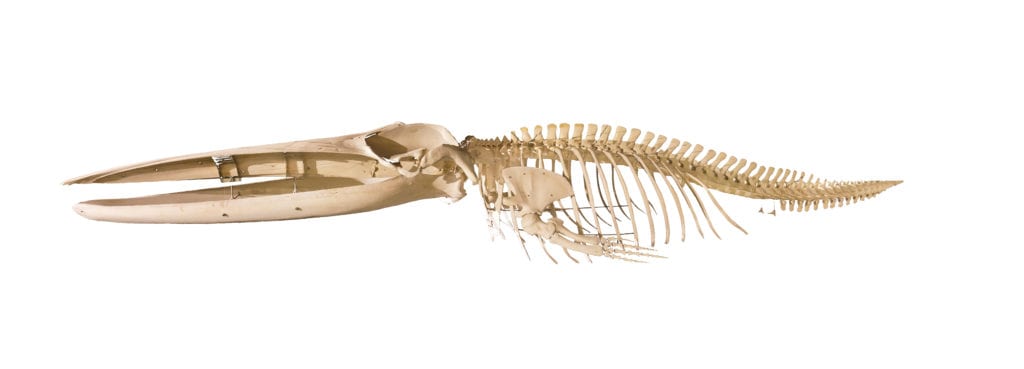Fossil Whales (March 16)


In Peru, there is a 370 acre deposit containing at least 346 wonderfully preserved fossil whales. A whale graveyard! These bones are buried in a sedimentary rock called diatomite. Diatomite is made from the remains of diatoms – or single-celled algae. Today when diatoms die, their microscopic glass-like skeletons accumulate on the ocean bottom. It takes about 400 million skeletons to make one gram of diatomite. An inch of diatom skeletons on the ocean bottom would currently take about 1,000 years to accumulate. These whales are buried in 260 feet of fossilized diatoms.
That means–if the evolutionary time-frame of the earth is correct–it would have taken millions of years for these whales to be covered. If it took millions of years to cover these bones, there is no possibility that they would exist! Scavengers and bacteria would have decayed these whale bones long before they could have been covered, yet we find them well-preserved and intact – with no evidence of decay. Along with these 346 whale fossils, fossils of porpoises, turtles, seals, ground sloths, and penguins are also found. For these dead creatures to avoid decay, they had to have been buried rapidly, deeply, and catastrophically. The biblical model of a recent catastrophic Flood of Noah’s day would fit such evidence far better than the millions of years of slow sediment accumulation. This whale graveyard shouts that the Flood of Noah’s day was a real event!
